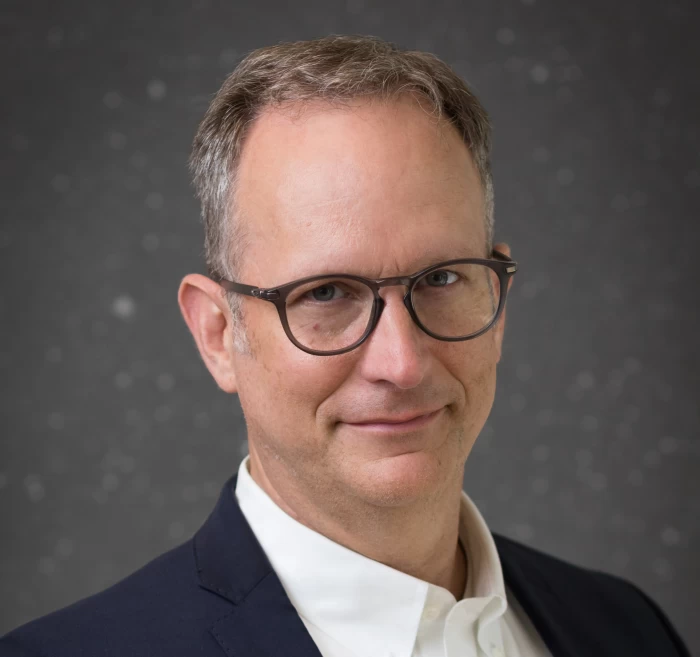|
PhD
|
|
|
I am a geologist who uses physics and chemistry to understand the natural world. My research is field-, laboratory- and modeling-based, and explores the planetary-scale geodynamic conditions that give rise to a biosphere on Earth and Earth-like planets. I use the ancient geologic and meteoritic record to better understand the evolution of our solar system, and use whatever means necessary to interrogate these records. My studies in planetary crustal processes have led me to broad applications, especially coupled U-Th-Pb zircon geochronology and crystal chemistry with other isotopic techniques (Lu-Hf, Sm-Nd, C-, O-, S-, Si-isotopes) applied to minerals and rocks. I am also a field geologist, and document field relationships in gneiss terranes by high-resolution mapping at the appropriate scale (1:5-1:1000) to guide detailed sampling for geochemistry and geochronology. My work has also led to novel instrument applications development, mostly with secondary ion mass spectrometry (multi-collector ion microprobe; SIMS) and multi-collector inductively coupled plasma mass spectrometry (MC-ICP-MS) for combined U-Pb zircon, Lu-Hf, 147,146Sm-143,142Nd and W isotope studies rocks and meteorites. Similarly, I have used SIMS for multiple S-, Si- and O-isotope studies of the oldest minerals of Earth, Mars and asteroidal meteorites. I use solar system solids as chemical, thermal and chronological archives. As such, I investigate pre- and post- closure temperature thermal chemical diffusion models of the important accessory minerals. A long-standing interest is also in the evolution of atmospheric oxygen as it relates to evolution of biogeochemical cycles using multiple S isotopes and trace metals (Ni, Co). My field area comprises rocks and minerals of our solar system, but is not confined to it because I also have my eye on exoplanets; I term this new science Geoastronomy. To this end, I have constructed geochemically- and cosmochemically-plausible models for the thermal structure of planetary objects including Earth, Moon, Mars, Mercury, and various asteroids, and have extrapolated to Kuiper Belt/Trans-Neptunian Objects. New work involves better understanding the nature of Exoplanets. Lately, I have been actively working on planet formation theory and planetary dynamics coupled with cosmochemistry, and galactic chemical evolution models. |
|
Mojzsis, Stephen

 csfk.org
csfk.org